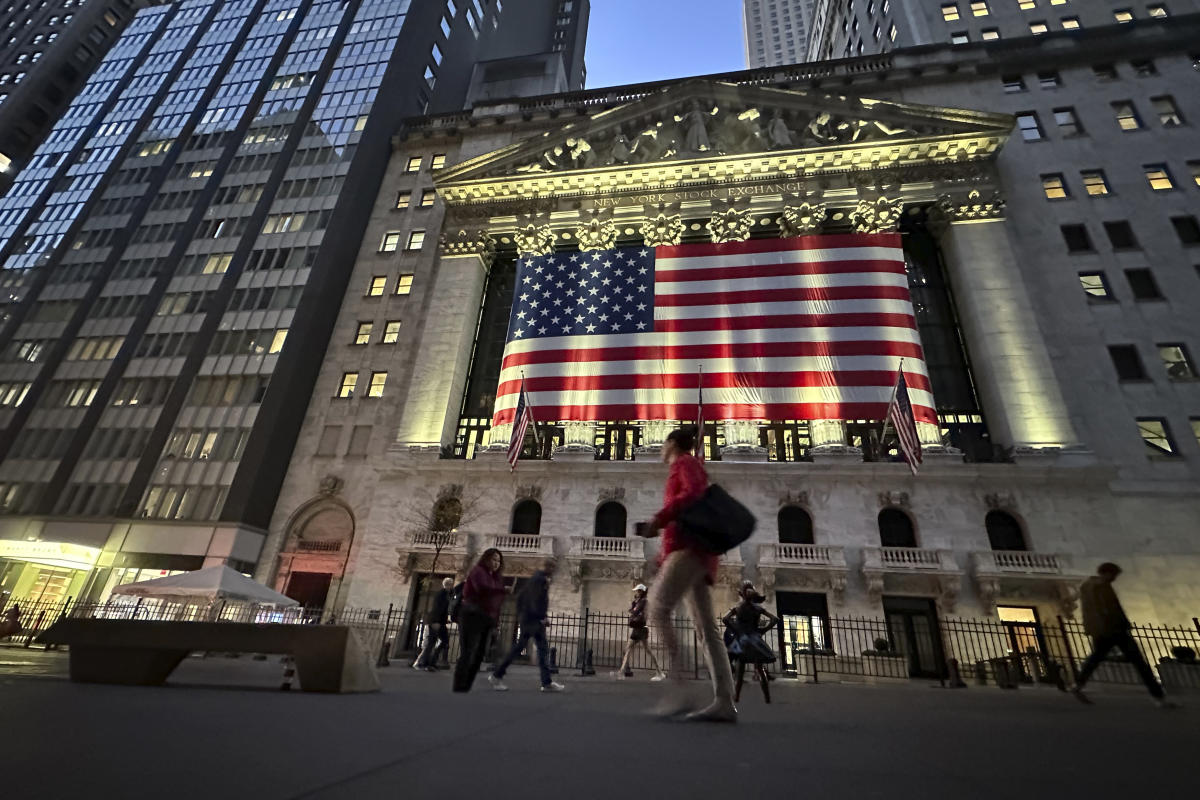Analysts often test the relationship between two variables by plotting a sample of observations on a chart and then conducting a linear regression. In this process, one draws a line of best fit somewhere in the scatterplot and calculates the R-squared — the degree to which that line explains the relationship between those two variables.
Simply put, the R-squared tells us if changes in one variable will tell us anything about how another variable will change.
Sometimes, the R-squared is very low — like what you’re about to see below.
This type of statistical analysis is important in markets because what you might intuit about the relationship between two variables doesn’t always come through in practice.
Almost all major Wall Street strategists expect the S&P 500 to generate a high-single digit to low-double digit return in 2025.
If everyone thinks the market will do well, does that mean we’re actually more likely to be disappointed?
Bespoke Investment Group reviewed the past 25 years’ worth of data and found that the magnitude of strategists’ one-year forecasts had little relationship with what the market actually did.
“[T]here is absolutely zero correlation between strategist targets and what the market does in the year ahead,” the analysts wrote on Dec. 24. “The scatter chart below shows the r-squared between the two, which is 0.0. You can’t get less correlated than that! And what happens when strategists are bullish and expecting a double-digit increase like they are for 2025? It’s a coin flip.”
Wall Street strategists’ bullishness won’t help you nail the next year’s return.
Every day, someone is sounding the alarm on how the stock market’s value and performance is due to a handful of massive companies.
Goldman Sachs analysts explain: “The top five stocks in the S&P 500 account for 29% of the index’s market capitalization. This level is the highest since 1980. The stocks are, in order of market capitalization, Apple, Nvidia, Microsoft, Amazon and Alphabet. As can be seen in Exhibit 58, the level of concentration has no bearing on returns over the next 12 months. The R-squared, which explains the variance in equity returns attributed to the level of concentration, is negligible, at 0.04%. The results are the same if one uses alternative measures of concentration, such as the top 10 stocks.”
